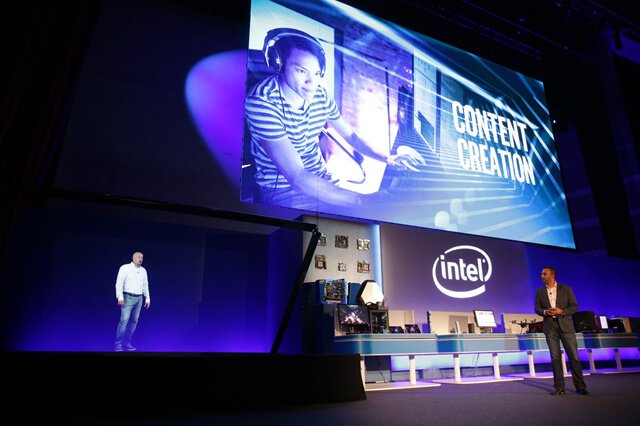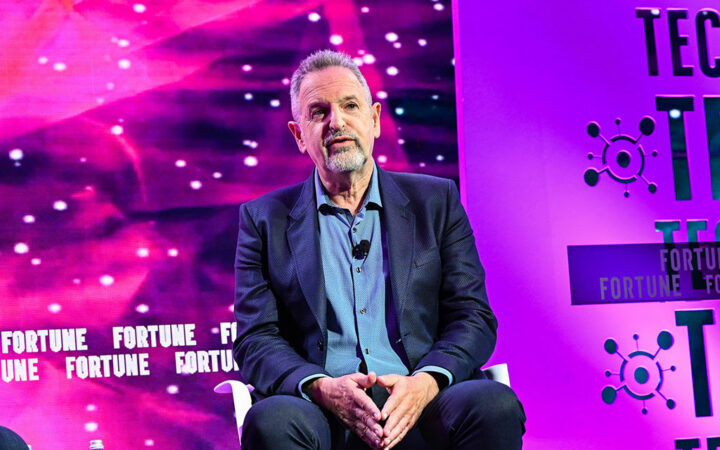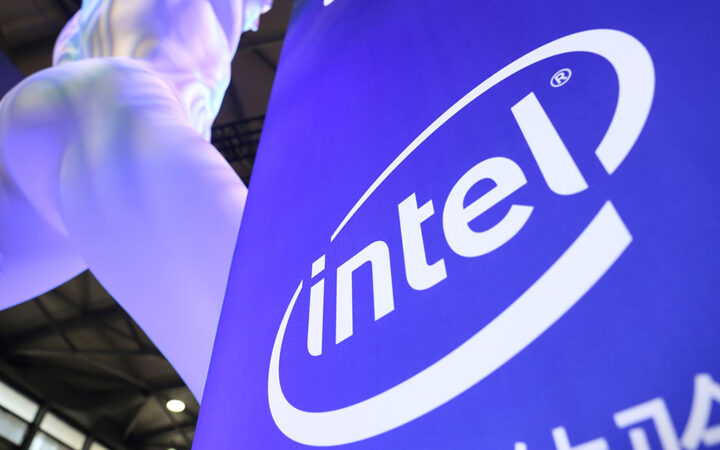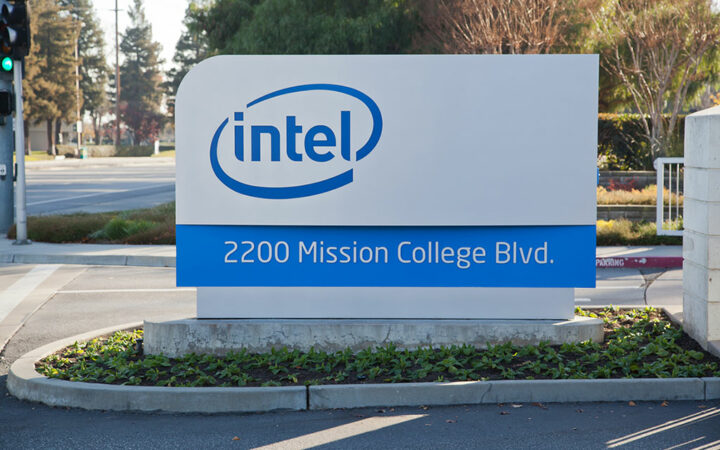Taking strong interest in blockchain, cryptocurrencies, and IoT, Tatsiana Yablonskaya got deep understanding of the emerging techs believing in their potential to drive the future.
Intel, an American multinational technology giant, has determined its basic goals for the nearest future. Despite the dismissal of 12,000 employees and cut down on unnecessary businesses, Intel intends to develop the Internet of Things direction extensively. For Intel, the Internet of Things includes all smart devices connected to the cloud, which means that anything that thing does can be captured as a piece of data, measured in real time, and accessed from anywhere.
Intel states the spread and promotion of the Internet of Things as one of its missions. According to Intel chief executive Brian Krzanich, the great amount of things in IoT and the PC areas – as many as 50 billion of them by 2020 – become much more valuable when connected to the cloud, which Intel wants to target with its data center products.
Intel made it clear that it will continue to invest in products for IoT. The company will reveal more about the building blocks it has created for the Internet of Things and Sofia, its system-on-a-chip device with an integrated modem, at the Computex tech trade show in Taiwan this week.
The new Sofia chip was developed for the transportation industry. Customers can use it to find out how a vehicle is used and the insurance implications for that.
Doug Davis, senior vice president of Internet of Things at Intel, said: “We think this is going to grow to 50 billion devices and trillions of dollars of economic impact. It will change the way we live and work. As we go out talking, we see more companies investing in it. We are making a transformation from a PC-oriented company to one that powers things that are connected to the cloud and everything necessary to make that happen.”
Market researcher Research and Markets predicts the industrial Internet of Things market to reach $151 billion by 2020. Intel entered this market with traditional “embedded processors,” or older versions of its PC microprocessors that served as the brains of appliance-like devices. Now the devices have embedded sensors that collect data.
“We’ve seen how the markets have evolved,” Davis said. “We now use data to control things. There’s an opportunity to extract that data and make use of it. We call this phase, like connecting wind energy farms, ‘connecting the unconnected. If you put enough compute and connectivity in a car, that car can become self-driven. It can do self-diagnosis, and do advanced analytics for self-maintenance. It could even go as far as ordering the parts it needs for maintenance. We’ll see more things within factories that can move building blocks around based on autonomous vehicles within the factory.”
Intel has already acquired computer vision startup Itseez for an undisclosed price to develop the Internet of Things direction. Intel is going to use IoT devices as a platform for software-defined networks and network function virtualization. Thus network operators will be able to deliver more cost-effective equipment and manage those networks efficiently.
“Once you get that data center in the cloud, we have technologies to support storage, memory, compute, and networking,” Davis said. “We have security built into our chips all the way back to the data center and the cloud.”
Talking about self-driving cars, Davis said: “My confidence is real high. We’re going to see that market before the end of this decade. In 2020, or 2021, we’ll see that become more mainstream. The motivations are just huge. Americans alone spend 75 billion hours a year driving, Morgan Stanley said. That’s a staggering number. If you can make those self-driving vehicles, you could deliver $500 billion in productivity gains. From an Intel standpoint, we have a foundation today in infotainment platforms, the screen in the center of your dashboard.”
The era of self-driving cars will bring some considerable changes to the road. Billboards will need to evolve to not just send a message but also collect data. “Dumb” billboards will have to get smart or die. We can already observe some interesting changes. In Australia, billboards from Lexus send directly targeted messages to drivers of luxury model cars.
The changes will concern outdoor advertising companies in general. Clear Channel is now testing smart billboards which can collect data on people passing by. Right now, it passes that data along to make more targeted billboard campaigns and to help determine return on ad spend by running the numbers against purchases and brand awareness. But over time, that data could have other uses.





